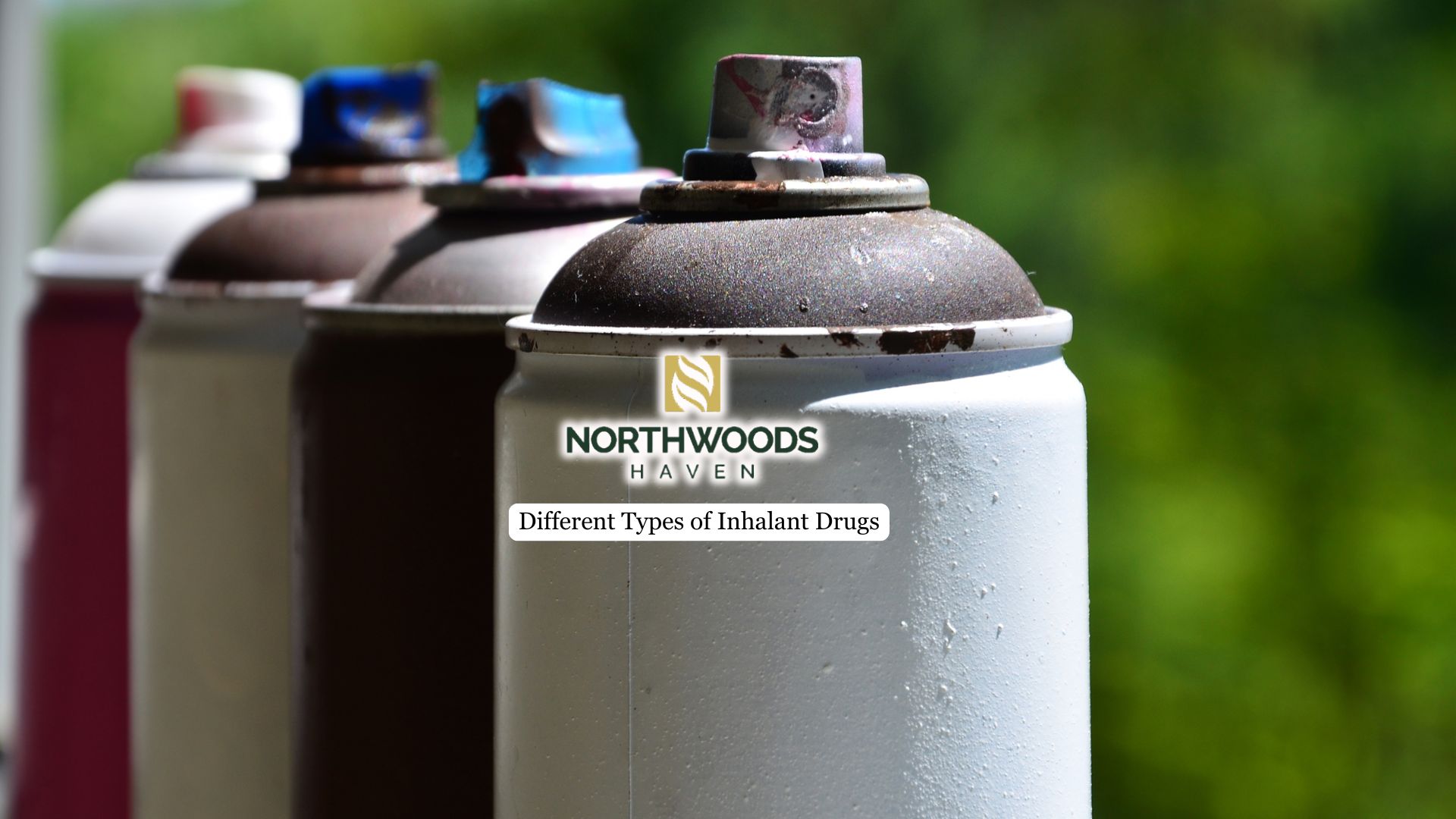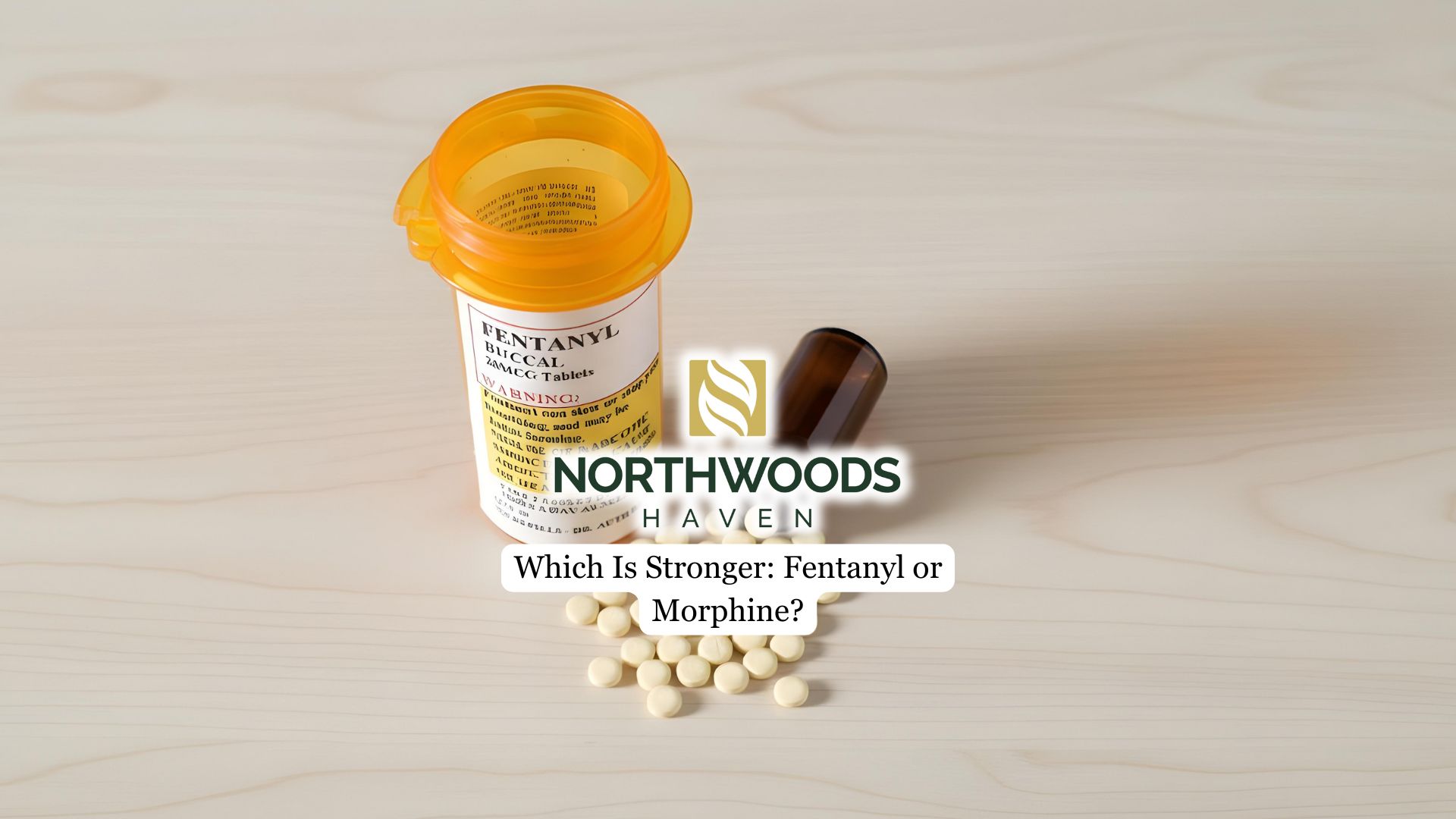Inhalants are a diverse group of substances that produce mind-altering effects when inhaled. While often found in common household or industrial products—such as cleaning supplies, glues, spray paints, or fuels—their accessibility does not make them safe. In fact, inhalants are extremely dangerous and highly addictive. More than 22 million Americans aged 12 and older have used inhalants, and over 750,000 try them for the first time each year—often underestimating their risks.
This article will explore each type of inhalant, the serious health consequences of inhalant use disorder, and why prevention, early intervention, and comprehensive treatment are critical for reducing harm.
Common Categories of Inhalant Drugs
Solvent Inhalants
Solvent inhalants are among the most frequently abused due to their presence in everyday products like glue, gasoline, paint thinner, and correction fluid. Inhaled through methods such as “sniffing” or “bagging,” these substances produce a rapid, short-lived high that may include euphoria, dizziness, and hallucinations. Because the effects fade quickly, users often inhale repeatedly in one session, heightening the risk of addiction and sudden sniffing death syndrome (SSDS)—a fatal heart arrhythmia that can occur even after a single use.
Long-term abuse of solvents can lead to severe damage to the brain, liver, kidneys, and lungs. Cognitive decline, memory loss, and motor dysfunction are common, with adolescents at higher risk due to their developing brains.
Early recognition and timely, integrated treatment are key to preventing long-term physical and psychological damage from inhalant abuse. At our Minneapolis-based outpatient program for inhalant addiction, clients receive high-quality, evidence-based addiction care with the flexibility to maintain their daily responsibilities. This allows individuals to begin healing without committing to a 30-day residential stay—making recovery more accessible while still deeply effective.
Aerosol Inhalants
Aerosol inhalants, such as spray paints, deodorants, and hair sprays, contain a mix of solvents and propellants that are inhaled to induce intoxication. The resulting high is fast and intense but brief, often leading to repeated use that increases the likelihood of serious complications like oxygen deprivation or cardiac arrest.
Chronic use of aerosols can damage major organs including the lungs, liver, and nervous system. Teens may be especially vulnerable due to the products’ accessibility and appeal as a quick escape. Intervention should include counseling, education, and supportive addiction treatment tailored to address both physical and psychological dependence.
Gaseous Inhalants
Gaseous inhalants include nitrous oxide (“laughing gas”) and gases from butane lighters, propane tanks, and refrigerants. These are typically inhaled from balloons, canisters, or household items to produce a brief euphoric effect or altered sensory perception.
Although the effects seem short-lived, misuse can result in oxygen deprivation (hypoxia), nerve damage, and even death. Repeated exposure to nitrous oxide, in particular, can cause lasting neurological damage. Given their increasing popularity among young adults, access to education and treatment is crucial.
Nitrites (Poppers)
Nitrites—such as amyl, butyl, and isobutyl nitrite—are chemically distinct from other inhalants. Used medically to treat chest pain, they are misused recreationally for their muscle-relaxing and euphoric effects, often in social or sexual contexts.
Though the high is fleeting, nitrites pose serious health risks, including dangerously low blood pressure, heart complications, and risky behavior. Frequent use can lead to psychological dependence and worsen preexisting medical conditions, making early intervention and behavioral therapy essential for long-term health.
Short-Term Effects of Inhalant Abuse
The short-term effects of inhalant use appear within seconds and can last several minutes to a few hours. Common effects include:
- Euphoria, dizziness, and lightheadedness
- Slurred speech and lack of coordination
- Hallucinations and delusions
- Nausea and vomiting
- Headaches and drowsiness
High doses or prolonged use can lead to loss of consciousness, seizures, and sudden sniffing death syndrome due to heart failure.

Long-Term Health Risks and Complications
Chronic inhalant abuse causes serious and sometimes irreversible health problems. These include:
- Brain damage due to oxygen deprivation (hypoxia)
- Liver and kidney toxicity
- Peripheral neuropathy (nerve damage)
- Hearing loss
- Bone marrow suppression
- Cardiac arrhythmias and sudden death
Long-term use can also lead to cognitive impairment, memory loss, and psychiatric symptoms such as depression and anxiety.
Signs and Symptoms of Inhalant Abuse
Recognizing inhalant abuse can be challenging, but common signs include:
- Chemical odors on breath or clothing
- Paint or stains on face, hands, or clothing
- Hidden empty containers or chemical-soaked rags
- Slurred speech, lack of coordination, or confusion
- Frequent nosebleeds or sores around the mouth
- Mood swings or irritability
Final Thoughts from Northwoods Haven Recovery
Inhalant abuse—whether through solvents, aerosols, gases, or nitrites—can lead to immediate intoxication and long-term harm, including brain damage, heart failure, and sudden death. These substances are often underestimated because they’re easy to access, but the risks are serious and can escalate quickly.
At Northwoods Haven Recovery, our inhalant addiction treatment program provides structured, compassionate care at a serene upscale rehab facility in Minneapolis, MN. Using therapies like CBT and motivational interviewing, along with family support and mental health care, we help clients break free from addiction and build a stable, healthy future.



